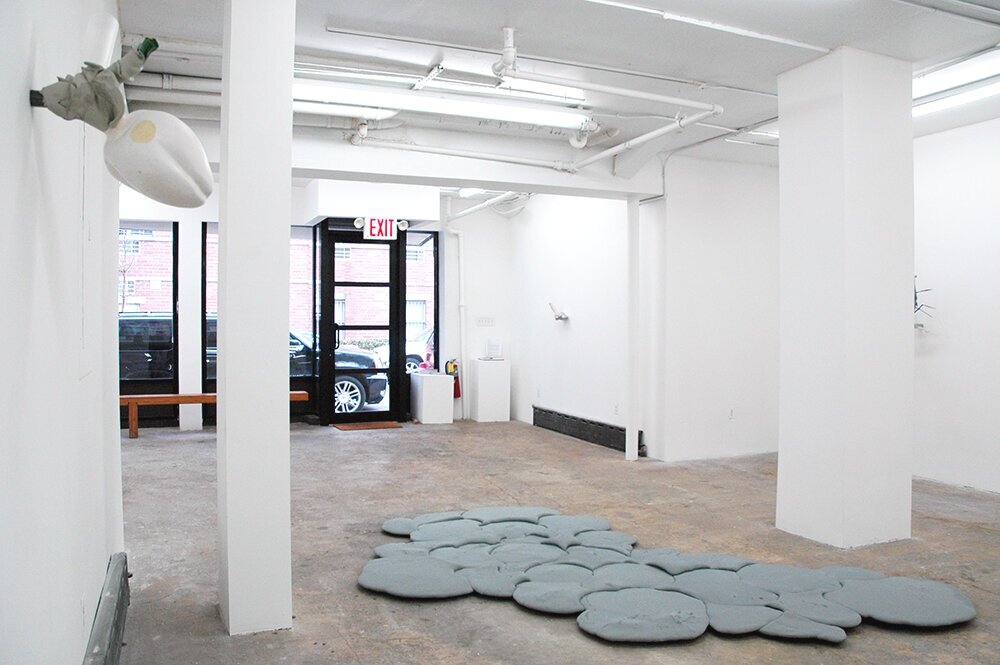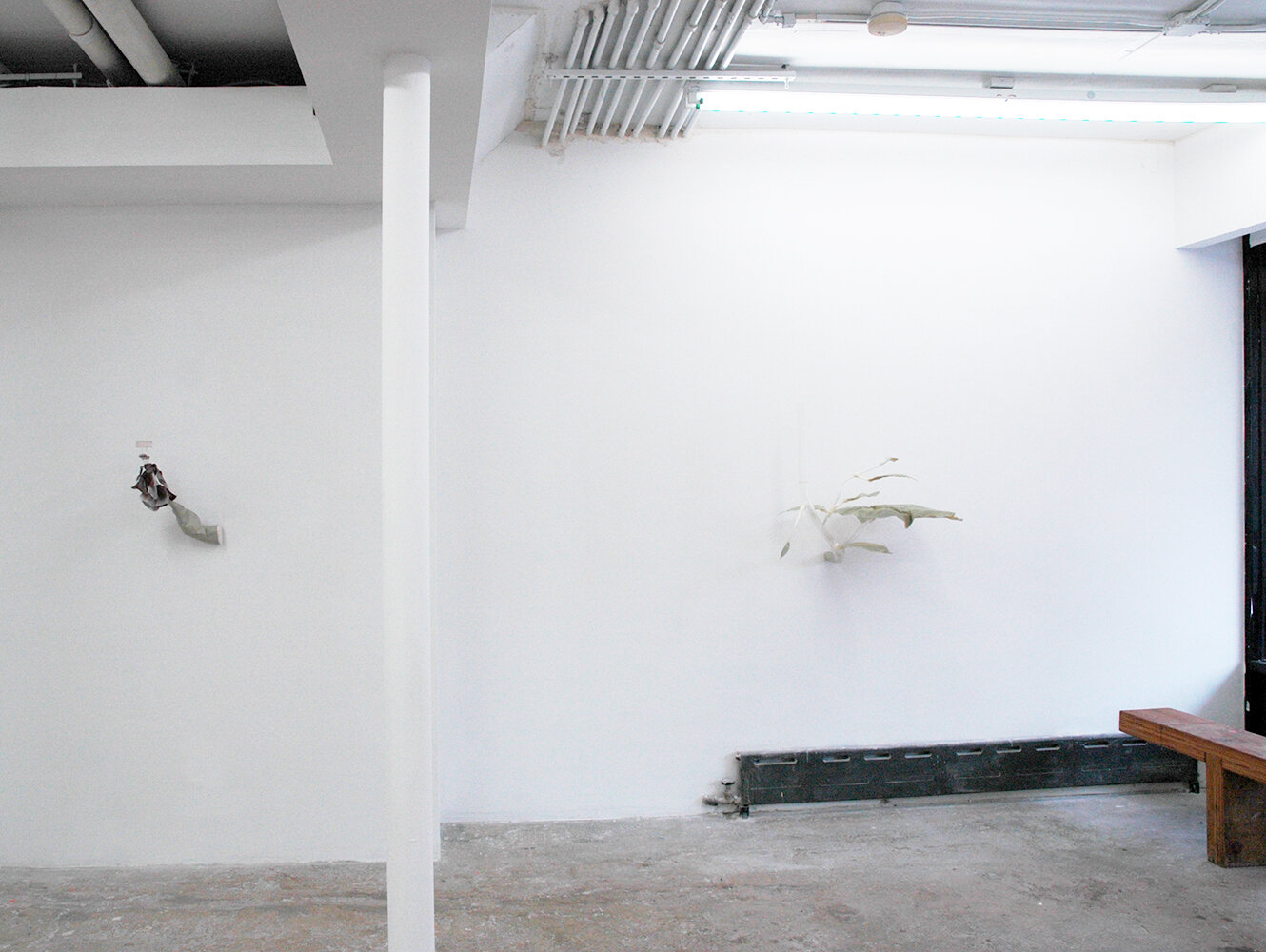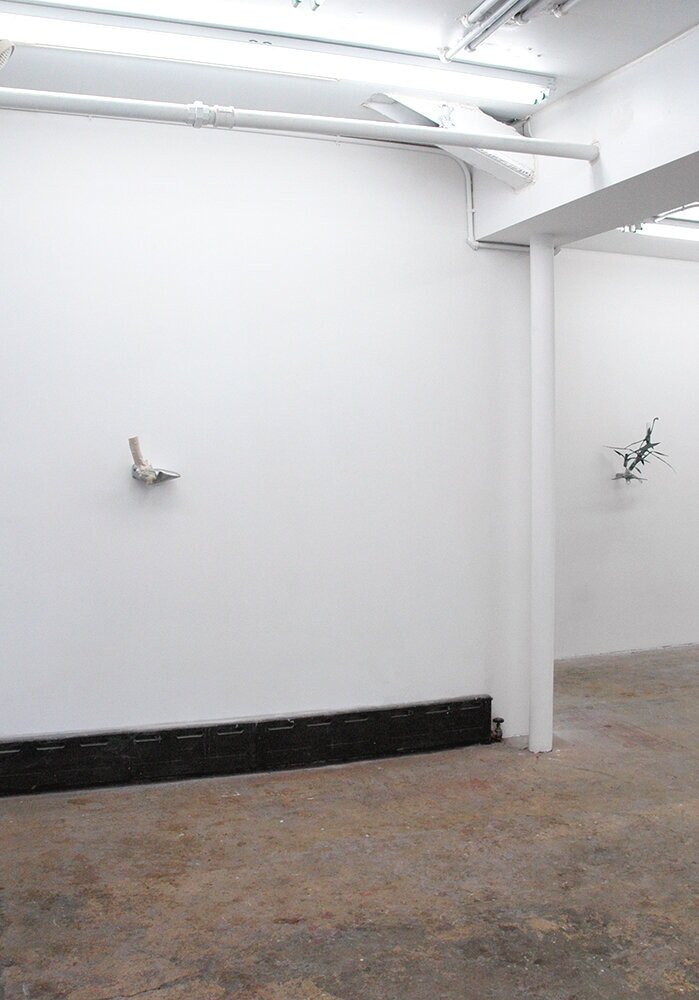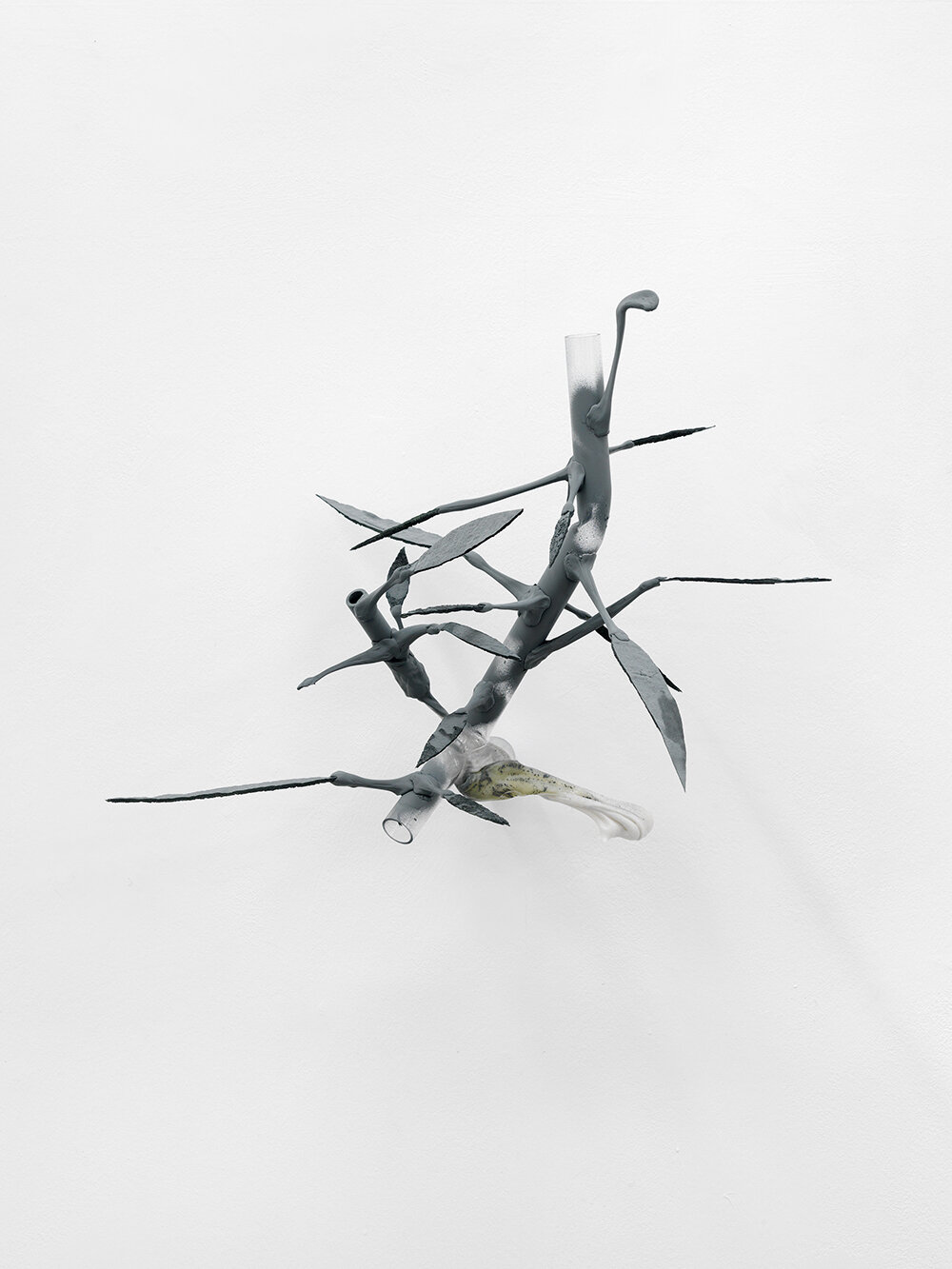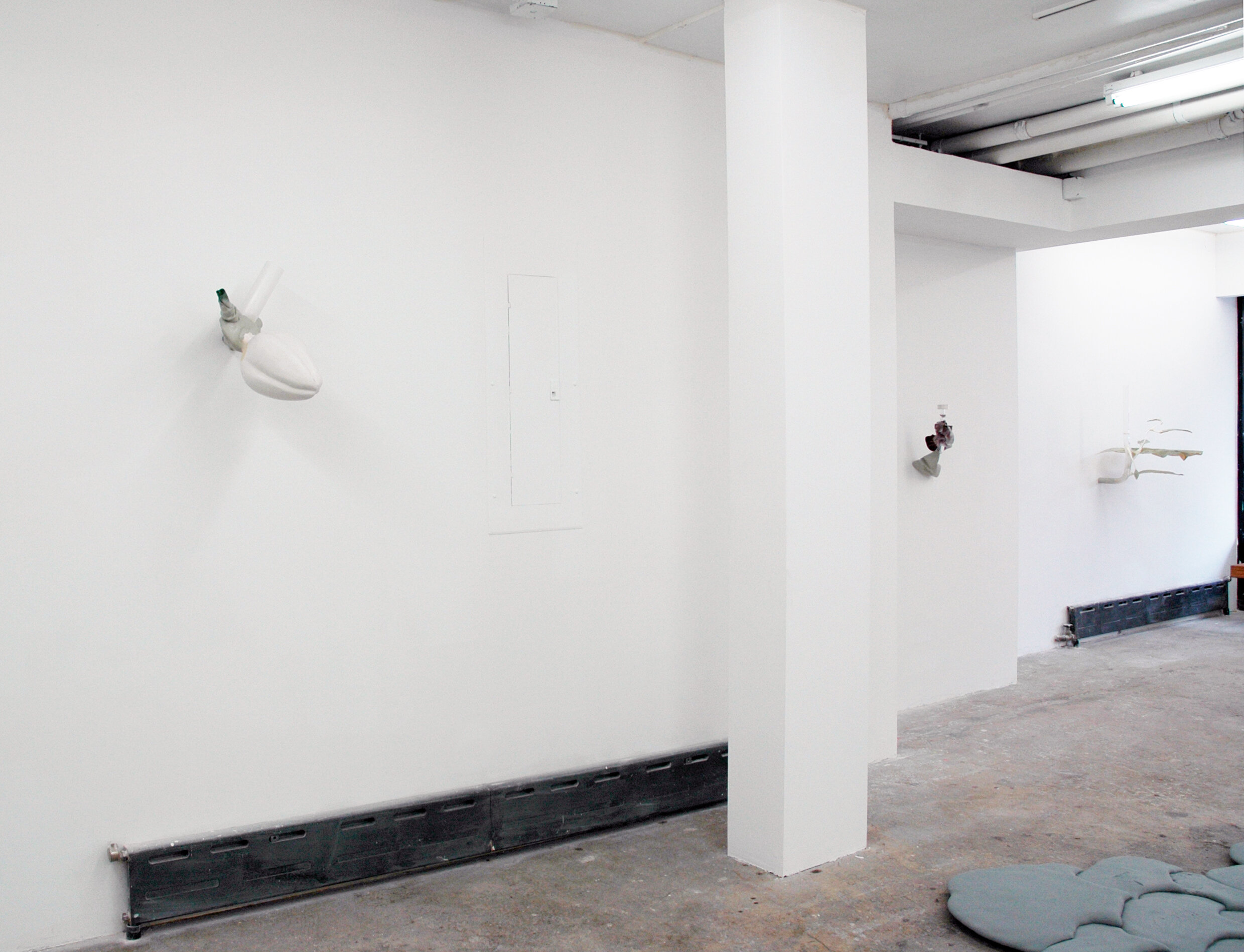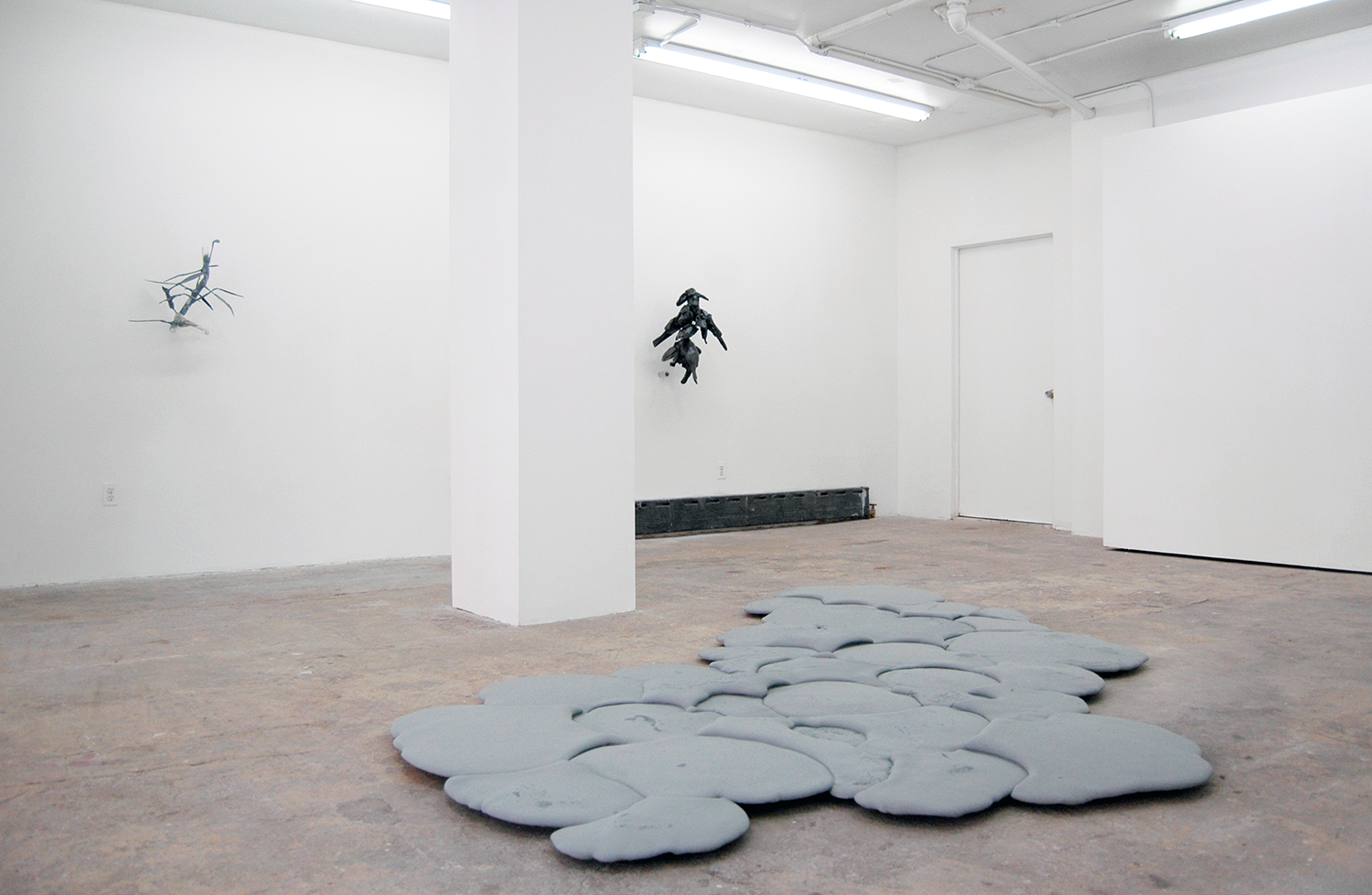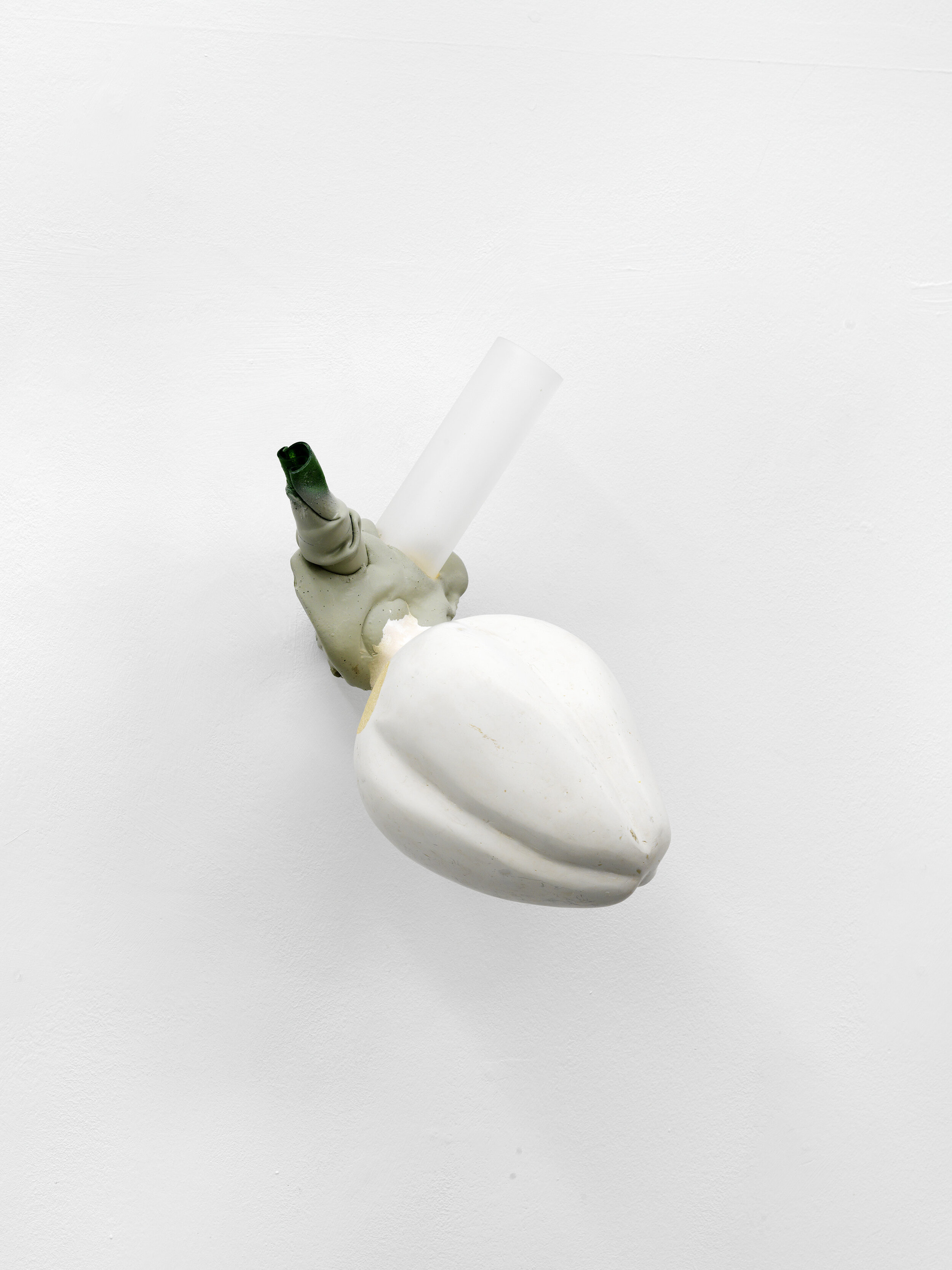Martin Schwenk: Leaves and Tubes
April 2 – May 7, 2017
Cindy Rucker Gallery is pleased to present new works from gallery artist Martin Schwenk. This is his fourth solo exhibition with the gallery.
With this new body of work, Martin Schwenk begins to explore the early stages of the plant life cycle, when the seedling sheds its seed coat and begins the process of pushing itself through the earth. Most artists approach nature in broad strokes while Schwenk’s mission is to highlight each aspect of the landscape individually, giving every bud, leaf and stem their due. His past exhibitions with the gallery highlighted the completed phenomenon of a natural cycle: the blooming plant, the leafy branch, the underlying matrix of roots, which Georges Bataille has dubbed its “underground ugliness”.
Francis Bacon speaks of the fact that the nature of things is "more about interventions by art than by their own freedom.” For Bacon, finding the essence of a thing was a simple process of reduction, and the use of inductive reasoning. In the sciences, the application of methodological reductionism attempts explanation of entire systems in terms of their individual, constituent parts and their interactions. The transition from these miracles to the works of art was indeed understood as osmotic. Schwenk works captures the viewer’s imagination with certainty; in fact, we are reminded of models of geological formations, as one would find in natural science museums. Nevertheless, his fictitious representations are without nostalgia.
With a vocabulary of man-made materials, Schwenk manages to create a kind of sculptural calligraphy in Plexiglas and plaster. These materials not only give the work their fragile character, but also points to the transition, which is justified both by the history of the ornament and by the sculptural work of Schwenk himself. "Once nature is conceived in its transformations, it becomes easy to bring it artificially to the place where it once happened to be accidentally lost; , As a deviation paves the way for many.“

